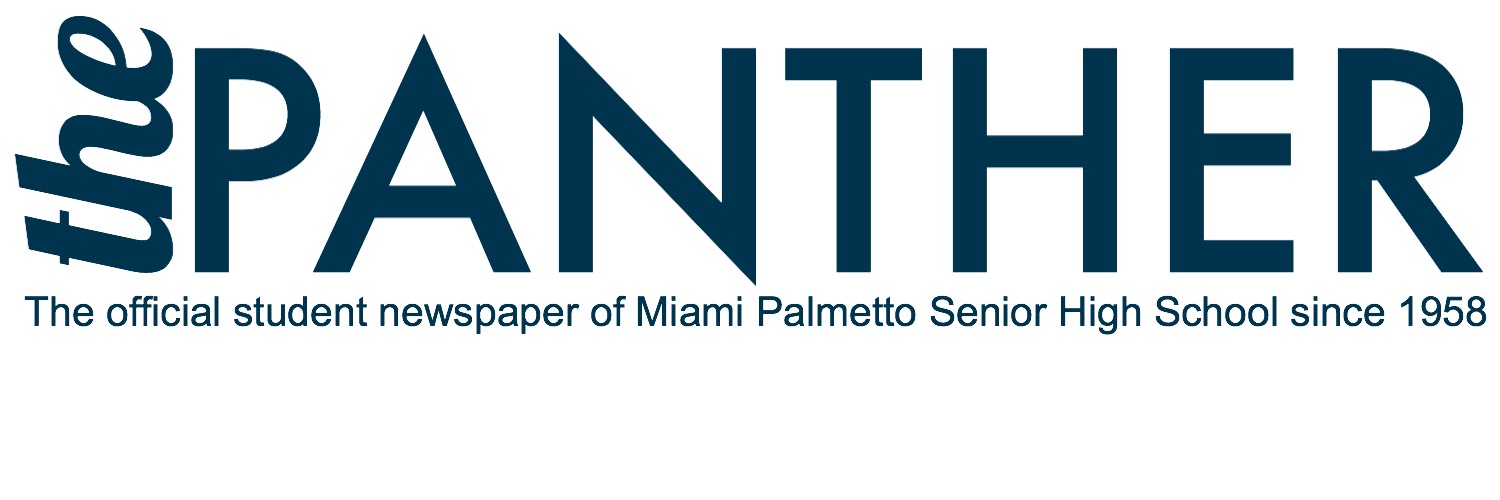Why Free the Nipple became this generation’s most exclusive clique
January 7, 2016
In the 21st century, we have watched the terminology of a female breast transform from anatomical dialect to the symbol of a modern day movement. Free the Nipple – a campaign that fights against the criminalization of female nudity in the United States – encourages women to wholly embrace their anatomy without the fear of legal repercussions. While the concept behind Free the Nipple remains valid in its reasoning of liberation, as the campaign grows stronger, so does the increasingly misconstrued interpretation of feminism and the gap of intersectionality. What once acted as a platform for debate on the sexualization of the female figure has grown into a tirade of whitewashing that subsequently silences the voices of the feminist movement.
When Lina Esco’s 2014 film Free the Nipple was released publicly, it seemed as though feminism had successfully found its way into the mainstream media. To the blind viewer, here was a movie that tapped into the vein of pop culture, with the movement portrayed as pure activism, a necessary social change.
Yet upon viewing the one minute and 38 second trailer, the apparent presence of marginalization becomes evident. Within the film, it appears as though a majority of the women featured are able-bodied, living in a cosmopolitan lifestyle and white. The exclusive nature of Free the Nipple does not stop outside the realm of the film; the entire campaign built itself upon images of attractive, thin, cis and predominantly white women who present themselves as figureheads for acceptance. Scrolling through the Free the Nipple website immediately leads the viewer to an advertisement for the campaign’s signature shirt, sporting perky, almost-pornographically-perfect breasts that are meant to act as a universal representation of every female supporter. Further delving into the site, it becomes increasingly clear that inclusivity wrapped itself in a campaign filled with Lena Dunham and Miley Cyrus promotions, however presenting itself to the nation as “newfound activism.”
The fight for free exposure of the female body came as a seemingly radicalized part of westernized culture, particularly within the United States. A topless woman in present-day America has become an idolized and sought after symbol of independence. This same visual of female exposure throughout the global south has historically been deemed as primitive, sometimes even viewed as uncivilized savagery. Ironically enough, America originally built itself upon Puritan ideologies dating back to the 18th century – ideologies that composed an entirely white denomination. Fast forward to the 21st century and suddenly we have a new, predominantly white sector of society living within these same ideals yet attempting to repeal what they originally implemented.
While liberation is an urgent concept in the feminist movement, the importance lies in differentiating between schematized campaigning and exclusive routes of change. Free the Nipple works towards enabling the acceptance of a woman’s physiological presence, yet the spectrum of representation becomes smaller and smaller with each advertisement and promotional spokesperson. Eventually, we are left to wonder whether Free the Nipple can even be deemed as activism, when in reality, it achieves nothing more than to erase the presence and voices of those who may not fit their slender, perky and pink-masked molds.
